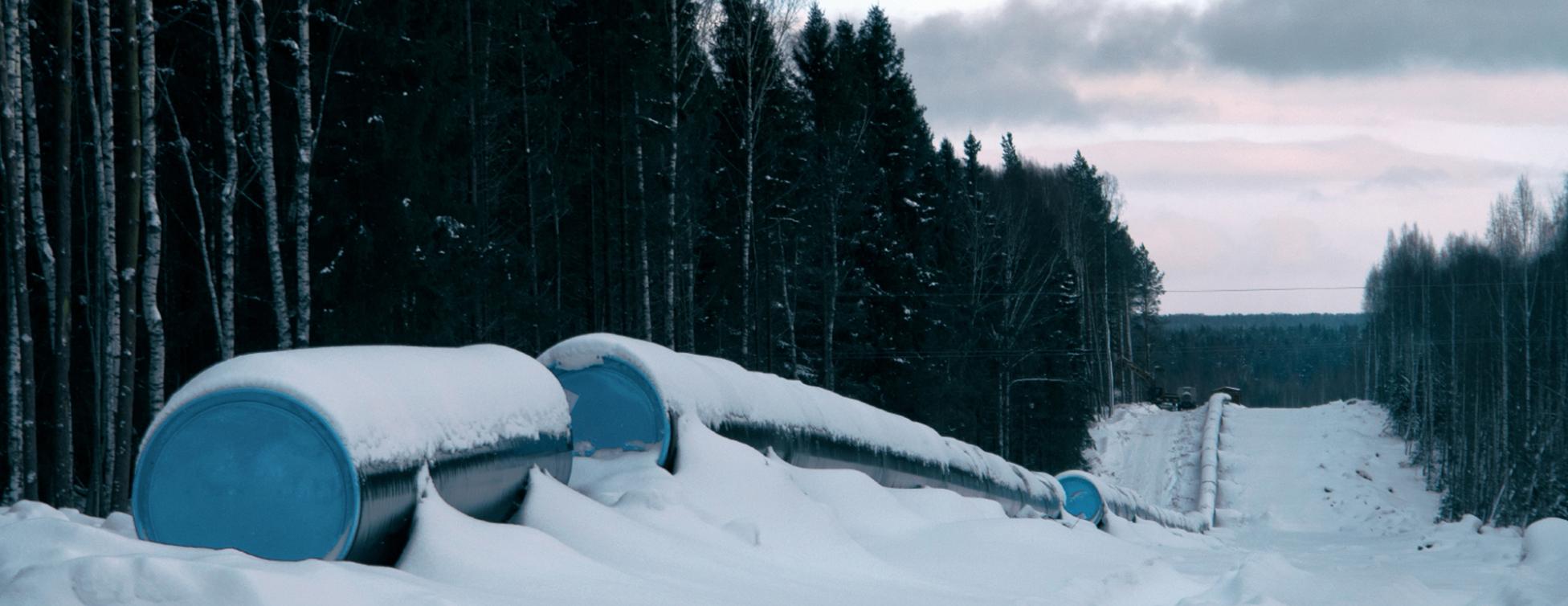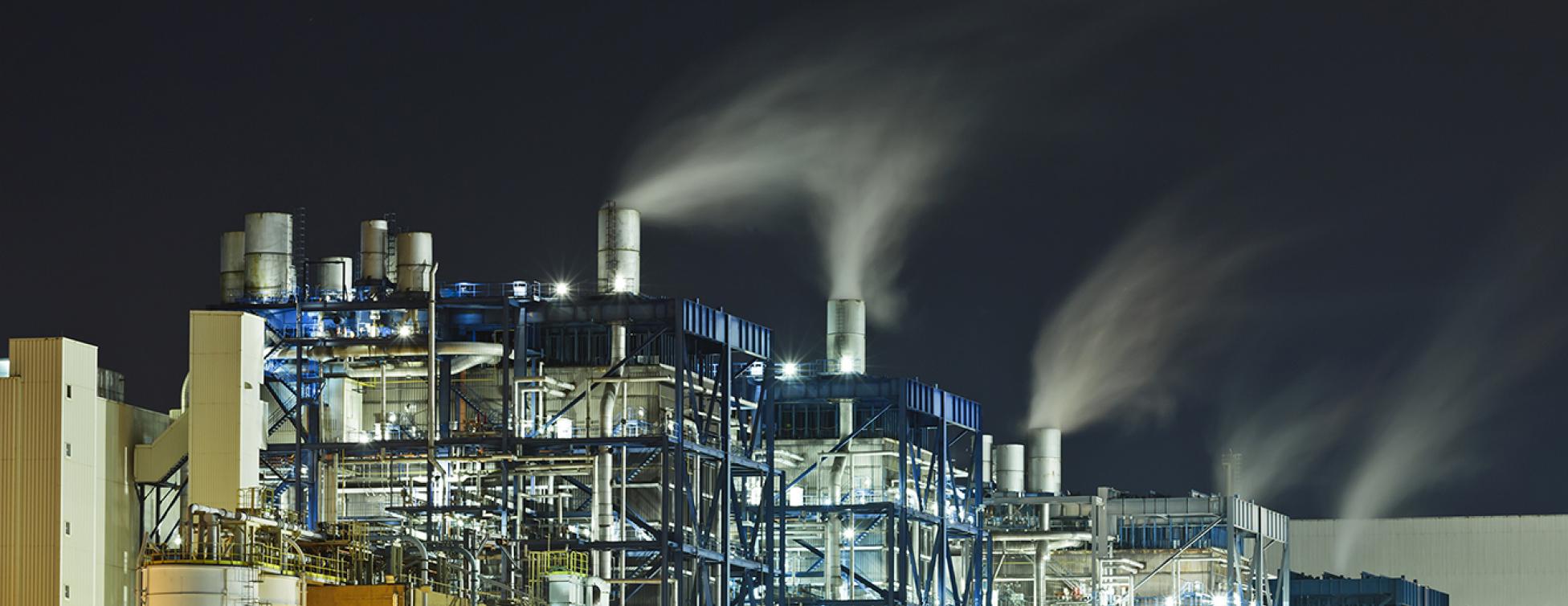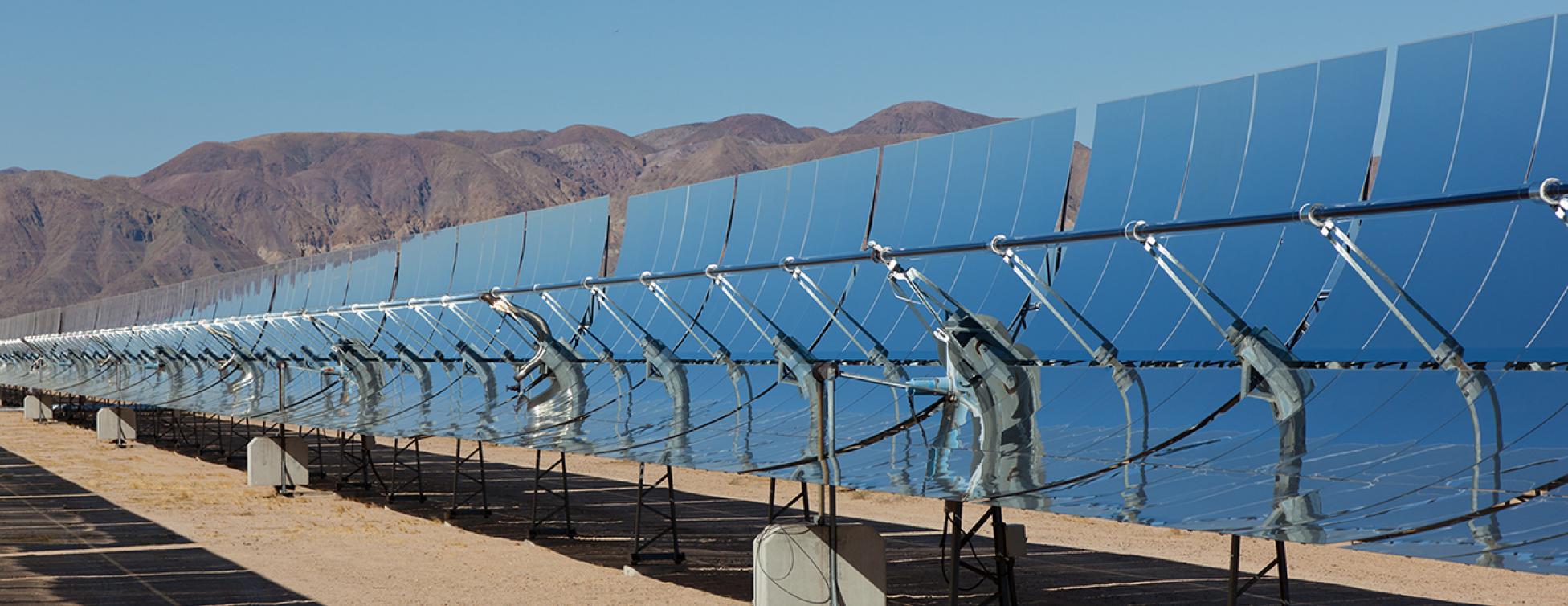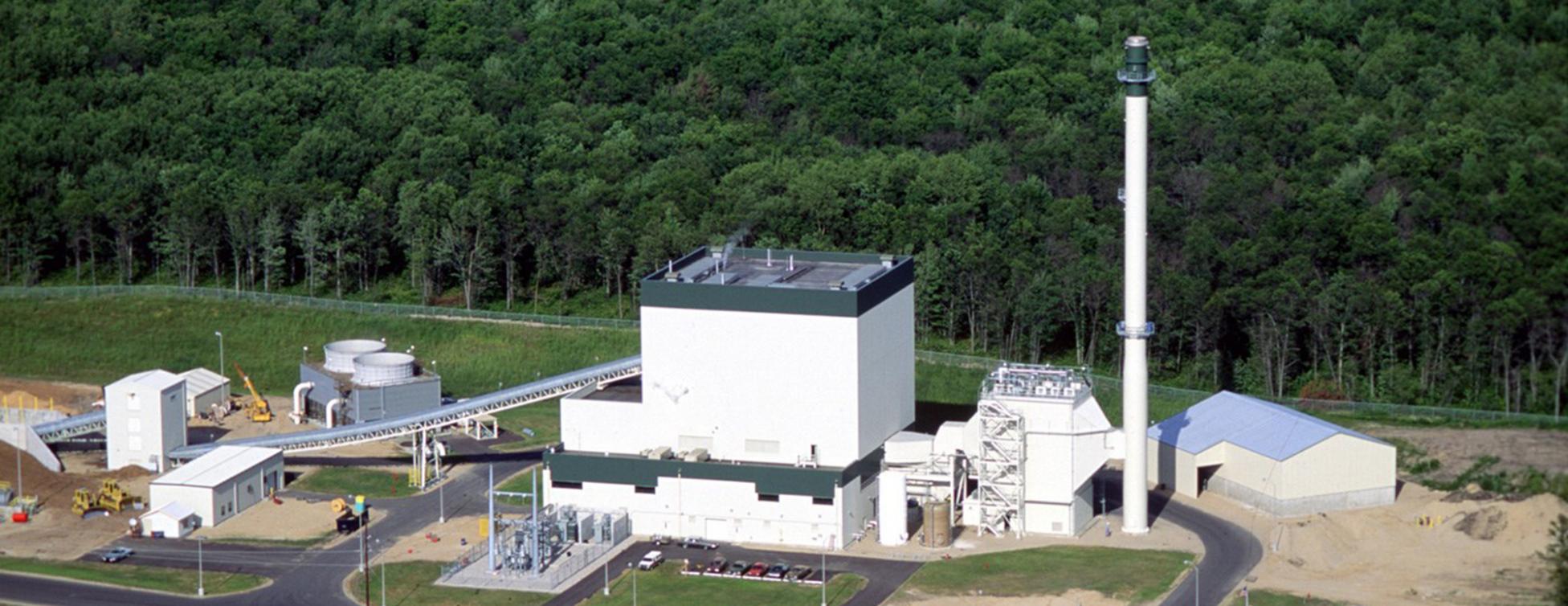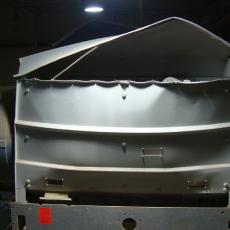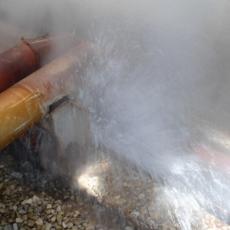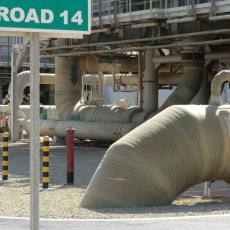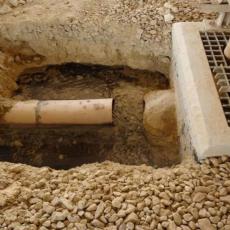Engineering
Generator Circuit Breaker (Explosion)
The more interesting findings during our assessments are related to poor commissioning practices. These items tend to be more complex than construction defects and typically more serious from a safety, equipment protection, and reliability perspective of the asset.
One case involved an "explosion" of a generator circuit breaker. The event took place about one year after COD, destroyed the GCB and damaged an F-class turbine generator (both stator and rotor).
The Event: During a unit start the operator was at the elevated GCB panel. The generator field breaker was closed, so the generator exciter was energized. The operator inadvertently pushed the earthing switch button which activated. The earthing switches are NOT designed to be activated when the generator/exciter is energized. The switch exploded (vaporized) with the GCB housing being damaged and opened like a tin can. The operator was shielded from bolts and other shrapnel, but luckily did not fall from the platform.
Background: The GCB vendor provided a set of dry contacts on each earthing... Read more
Possibly only a time savings, but doubtful.
Unit was out of service for 6 months. New breaker, rewound stator and rotor, recommissioning of unit... All-in costs between contractor, owner, an insurance company was about $8mm.
"Old School" Steam Drains
Keep in mind, this is a new plant in operation about one year, in a location where quality plants are built routinely... Yes, this is a NEW plant built to contemporary codes and standards by a large international EPC contractor.
During EPR's review of the Facility, this system is perhaps the single most compelling example of inferior design in the plant. While not the most cost intensive, the effects are broad reaching. The open trench design belches hot condensate on steel, electrical hardware, and other equipment leaving the plant to look ready for decommissioning. O&M personnel are left to perhaps unknowingly assume that facility condition is not important to the owners; how could it be, look at this? In so many ways this is not consistent with the Facility purchased.
The condensate collection system of trenches and transfer sumps has experienced critical deterioration. Serious failures in the concrete infrastructure include trench through-cracks, cementitious erosion, advanced concrete spalling and scaling, sub-grade undermining, differential settlement, and accelerated... Read more
Perhaps $500k.
Unknowable, but very significant. Violates Environmental permit, among other problems.
Piping Protection
In this instance, the facility was combination of power and desalination on a scale that made it one of the largest in the world. It was routine for staff to use vehicles during the normal course of business due to its size.
In many plants fire systems are usually the subject of some scrutiny related to protection from vehicle damage. However, in this facility there was an extensive amount of process piping and dozens or perhaps hundreds of locations where underground piping emerged near roads to interconnect to above ground processes. This piping was glass reinforced plastic (GRP), or fiberglass. While a great material, it is fragile when subjected to impacts.
After a couple instances of non-destructive damage, the issue of protection was evaluated. In this case the piping was designed to ASME B31.3 and with some additional EPC contract language, it became clear bollards or other means of protection needed to be installed.
B31.3 refers to safety inherent in the piping by virtue of the materials of construction, methods of joining, and history of service reliability. Further,... Read more
Some savings, perhaps on the order for $250,000.
For plants where these processes are a material part of revenue, piping damage can take down a whole block for many days. In this instance one block outage (desalination) costs about $350,000/dy.
Steam Vents at Platform
EPR observed that steam safety valves had lifted at some period in the past during a load transient. The energy from an un-silenced steam release at 1,000F is violent and typically includes a powerful supersonic noise wave. Debris remains impaled on nearby structural steel and equipment from the force of the previous steam discharge.
A serious safety concern is that a personnel access platform is above and adjacent to the five (5) vent stacks. If any personnel would have been located on the platform during a release, they would have no doubt been seriously injured and burned. The owner's operators are exposed to a serious risk until this condition is resolved.
This safety problem persists because of a failure of engineering, piping construction, and the contractors commissioning team to resolve the issue prior to COD.
This is a very dangerous design and all 5 relief valve vents need to be extended above the structure or vented away from the access area.
Minimal cost to extend the vent stacks to a safe elevation.
Owner: Potential O&M personnel injury or fatality with associated costs. Contractor: Minimal cost to extend the vent stacks to a safe elevation.
Green Moss
A plant was evaluated that had an extensive desalination operation where seawater was flashed to create drinking water.
On the roof of the process equipment, there were insulated and uninsulated bays. One of several coatings problems was the difficulty with this arrangement related to coating selection. The top of the evaporator is essentially flat with bellies in the areas between the structural stiffeners. Water tends to collect in these locations and will not drain. In some cases, drain holes didn’t exist so water has been pooling for a couple years.
In these areas of the tops, the coating selection (urethane) was not suitable for water immersion and breaks down progressively. On the other hand, leaving the surface in epoxy would solve the water damage problem, but is not a solution because it is susceptible to UV breakdown. Therefore, the coating system as installed was not compatible with the propensity of the surface to hold and pool water.
This was not an academic concern, as there are indications the coatings had already failed. One photo shows the adhesion x-cut... Read more
None.
Unknown, but significant.
Adverse Shrinkage
In a Middle East plant inspected, recurring problems with the process drain system was discovered. It originated from a design flaw where the desalination units had to be blown down more robustly than anticipated to achieve proper conductivity in the steam cycle. To compound the process control difficulty, the drain material selected by the EPC contractor was PVC, which simply cannot stand elevated temperatures.
PVC is interesting because unlike may materials it's strength simply disappears once the working fluid gets to about 140F. It also shrinks axially when it undergoes heating and cooling cycles. For condensate drains to be routed to sumps which feed an underground network of PVC piping material is certainly a high-risk proposition.
After a bit of excavation and diagnosis, it was confirmed that the process water overflow of the sumps was from collapsed drain lines, piping that pulled away from the sumps, and other similar failures.
The only permanent remedy is to replace the PVC with a material that can withstand condensate temperatures of 212F.
This is an engineering... Read more
There were probably minor savings, amount unknown.
Once repair costs under Warranty considered, this was costly for the Contractor.



